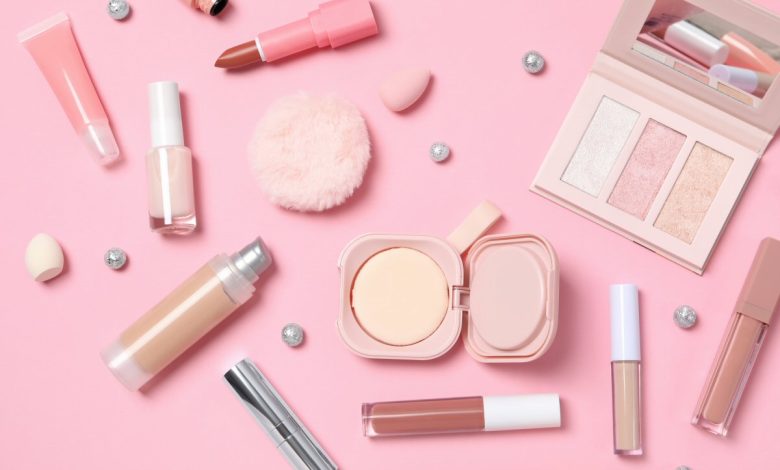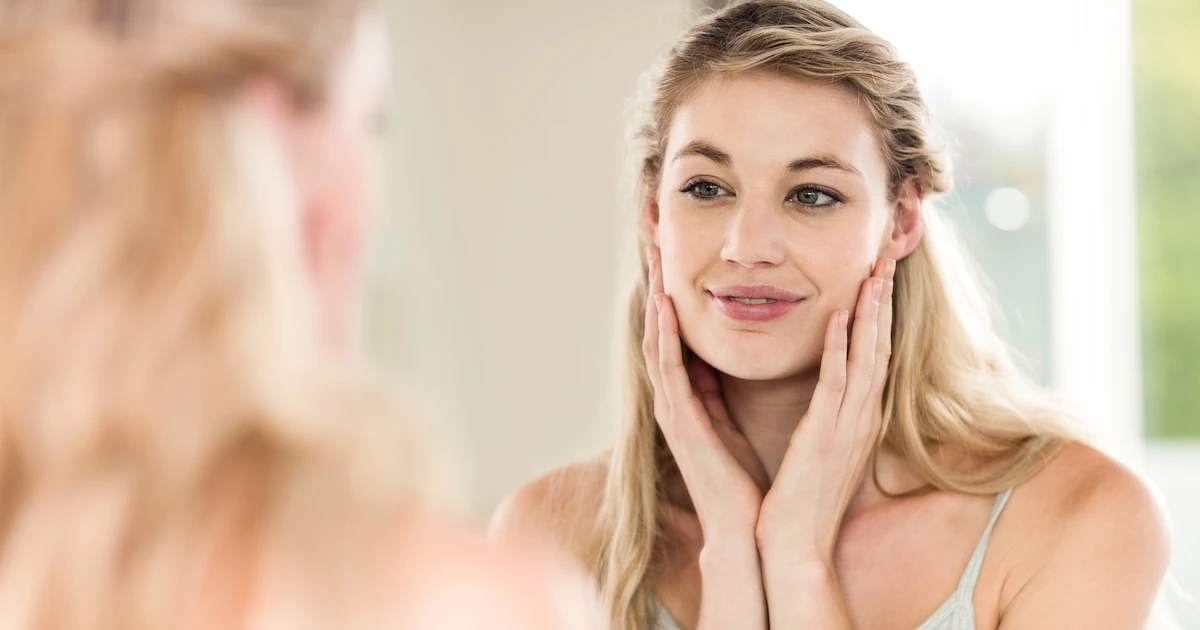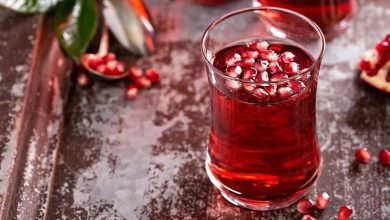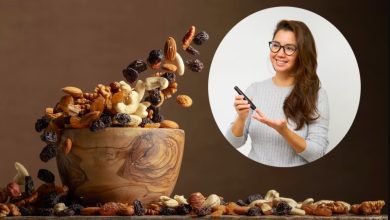Two Toxic Chemicals In Cosmetics And Beauty Products

Toxic Chemicals In Cosmetics: Waterproof mascara, long-lasting eyeshadow, makeup, and liquid lipstick may contain these ingredients.
New Zealand is the first country to ban the use of two chemicals in beauty products such as nail polish and lipstick.
According to National News, this week, the government of this country announced a ban on the use of perfluoroalkyl and polyfluoroalkyl substances, commonly called “PFAS”, until 2027.
Toxic Chemicals In Cosmetics, “We know these chemicals don’t break down easily, they can accumulate in the body and be toxic at high levels,” National News quoted Dr. Shaun Presow of the New Zealand Environmental Protection Agency as writing.
The application of PFAS in cosmetics is for consistency and texture of the product, conditioning and softening the skin, hair and nails and making them shiny.
They are also found in a range of everyday products, including non-stick cookware, paint, cleaning products, food packaging, firefighting foam and umbrellas. In addition, they have been detected in drinking water.
There are about 4,500 PFAS chemicals that are used to waterproof and stain products, as well as increase heat resistance. For example, waterproof mascara, long-lasting eyeshadow, powder cream, and liquid lipstick may contain these ingredients.
Toxic Chemicals In Cosmetics, Geraldine Janse Van Veuren, director of skin and body care brand Comfort Zone, says: “Generally, they are used as ingredients in a small number of cosmetic products, including nail polish, shaving cream, and more. Cream powder, lipstick, eyeliner and eye shadow and mascara are added.
He further mentioned the reason for using them in these products, making the product smoother and easier to use, which also make the products resistant to water. Also, these compounds are used in some hair care products because of their shine and anti-inflammatory properties.
Toxic Chemicals In Cosmetics
Association With Cancers And Birth Defects

Toxic Chemicals In Cosmetics, A common concern about PFAS compounds is that they break down very slowly and can accumulate over time in people, animals and the environment, according to a report on the U.S. Environmental Protection Agency’s website.
“Current scientific research suggests that exposure to some types of PFAS may lead to adverse health outcomes,” the report added. Further research is also underway to better understand the health effects of these substances at low levels over long periods of time, especially in children.”
Toxic Chemicals In Cosmetics, Some studies have linked these substances to a range of health problems, including birth defects, cancers and immune system problems.
Last year, the International Agency for Research on Cancer presented strong evidence in a study that PFAS can cause changes in the human body that may lead to cancer.
Toxic Chemicals In Cosmetics
Will Replacing “Clean Beauty” Beauty Products Solve This Problem?
Toxic Chemicals In Cosmetics, There are alternatives to PFAS, and when it comes to cosmetics, silicones and polymers are the most common alternatives.
The trend for clean beauty products (makeup and skin care products that are made without harmful ingredients. Parabens, phthalates, sulfates, and artificial fragrances are among the ingredients that are not found in these products) makes it easier to understand what is used in beauty products. However, since PFAS has been used in industry for a long time, even products that claim to be free of PFAS may be linked to it through some other chemical.
Toxic Chemicals In Cosmetics, The US Food and Drug Administration recommends watching out for some common PFASs in cosmetics, including polytetrafluoroethylene, Perfluorohexane, Perfluorononyl Dimethicone, Perfluorooctyltriethoxysilane, and Perfluorodecalin.
In the UK and the EU, regulations allow the use of 9 PFASs in cosmetics, with regulations varying from country to country.
Also Read:
Selena Beauty Secret: Selena Gomez’s Beauty Secret That You Must Know!
The 4 Effective Ayurvedic Beauty Tips For Glowing Skin




